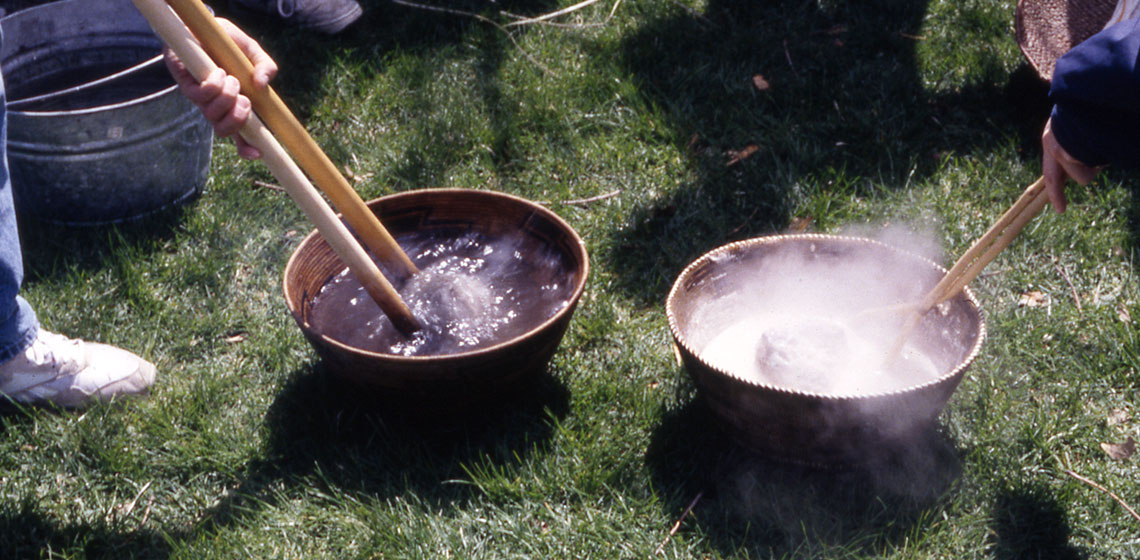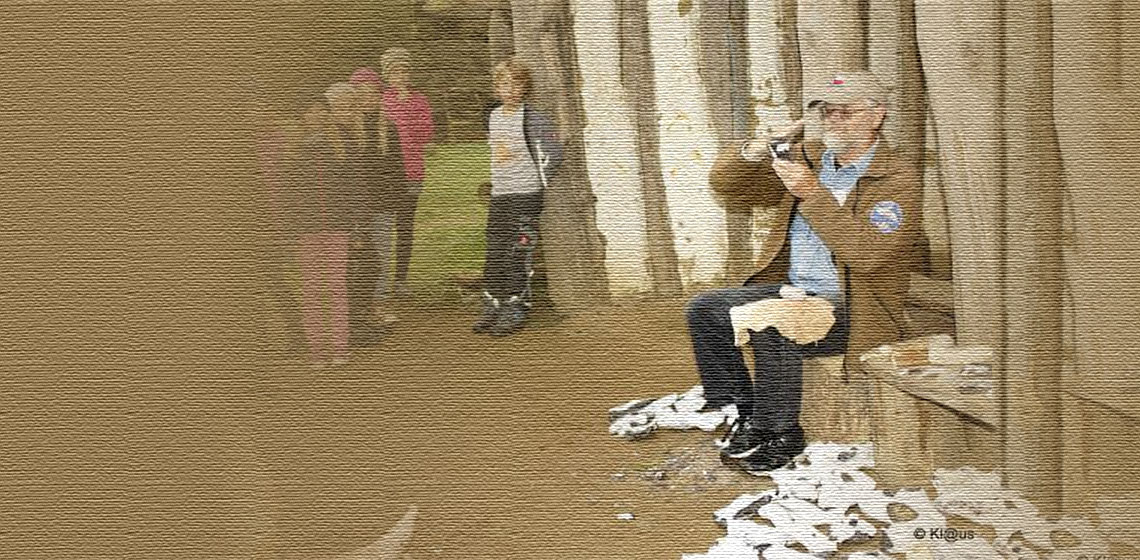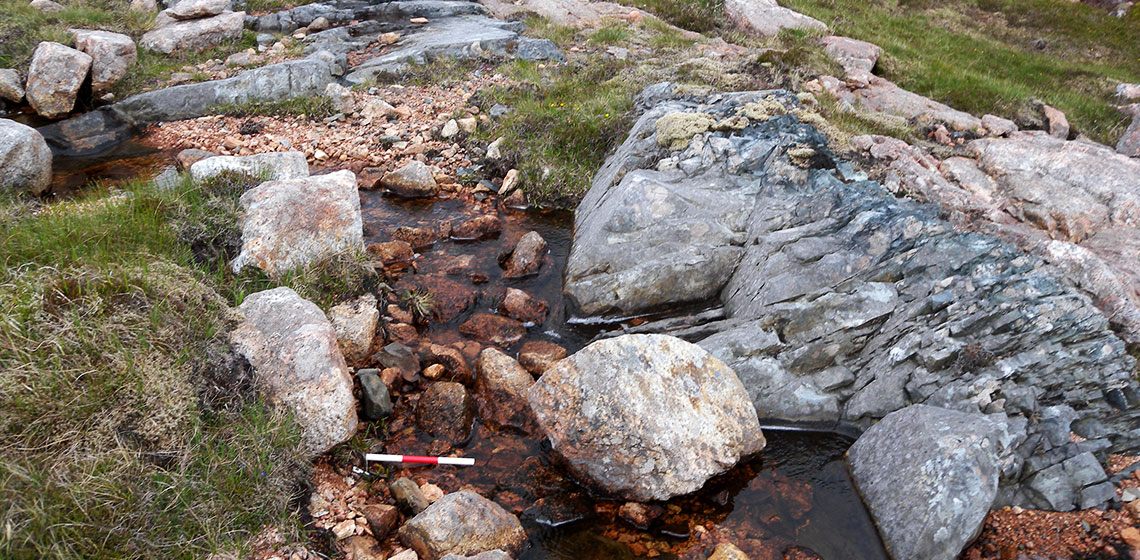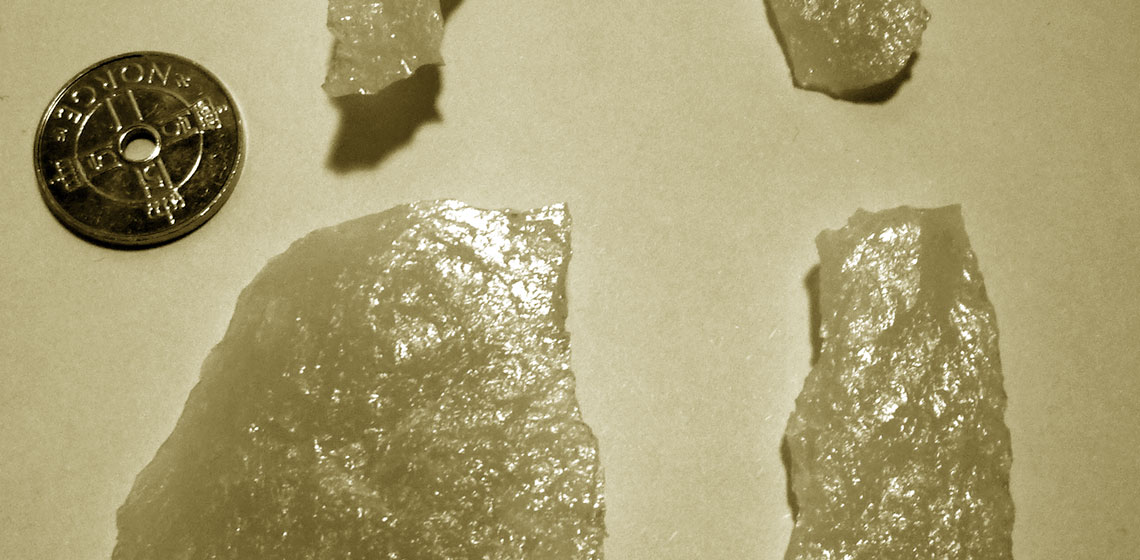stone
Stone
Natural mass of minerals from the Earth's crust. A stone or boulder.
Experiencing Visible and Invisible Metal Casting Techniques in Bronze Age Italy
***What we know about Bronze Age metalworking in Italy basically relies on finished artefacts and on stone, clay or bronze implements involved in the process of manufacturing (tuyères, crucibles, moulds, hammers, chisels, et cetera; Bianchi, 2010; Bianchi, in press).
Knapping Skill Assessment
***This article is derived from a presentation made by the senior author at the OpenArch Conference "Working with stones in European Pre- and Proto-history in theory and in practice" organised by the Archaeological-Ecological Centre Albersdorf (DE), 23-27 September, 2013.
Stone Tools of Shetland: Experimental Felsite Project
***The Shetland Islands are the northernmost part of Britain, located northeast of the Orkney Islands and Scottish mainland. Similar to other locations in northwest Europe, during the Neolithic Period (4000-2500 cal BC) suitable lithic sources were exploited for use in the production of stone axes and other artefacts...
Lithic Experiments in Rescue Archaeology: a Case from Southern Norway
To test whether or not the form of the discovered quartz was a result of prehistoric technological choices, a fracture analysis on collected vein quartz from Aust-Agder County was conducted1 . Lithic experimentation is traditionally associated with either institutionalized academic research or post-production phases of excavations.
Interview: Helmut ‘Hugo’ Windl
Did people make everything by themselves in prehistory (NL)?
Most settlements were probably mostly autarctic, taking care of their own food, clothing, pottery, tools et cetera. There are however clues for the exchange of goods and resources which were not present in the local environment...
Why and how does one use fire when make flint tools? When I tried myself, the stones splintered into small pieces (DE).
When making flint (in different languages called "fire stone") tools, fire is rarely used. The word fire in this case refers to the possibilities of using flint to make fire with...
How did the cavemen know that it is possible to make tools from flint (CH)?
At least 2 million years ago, the early people started to use stones as tools. At first they used complete rocks as hammer, for example to open animal bones with to get to the tasty marrow...






